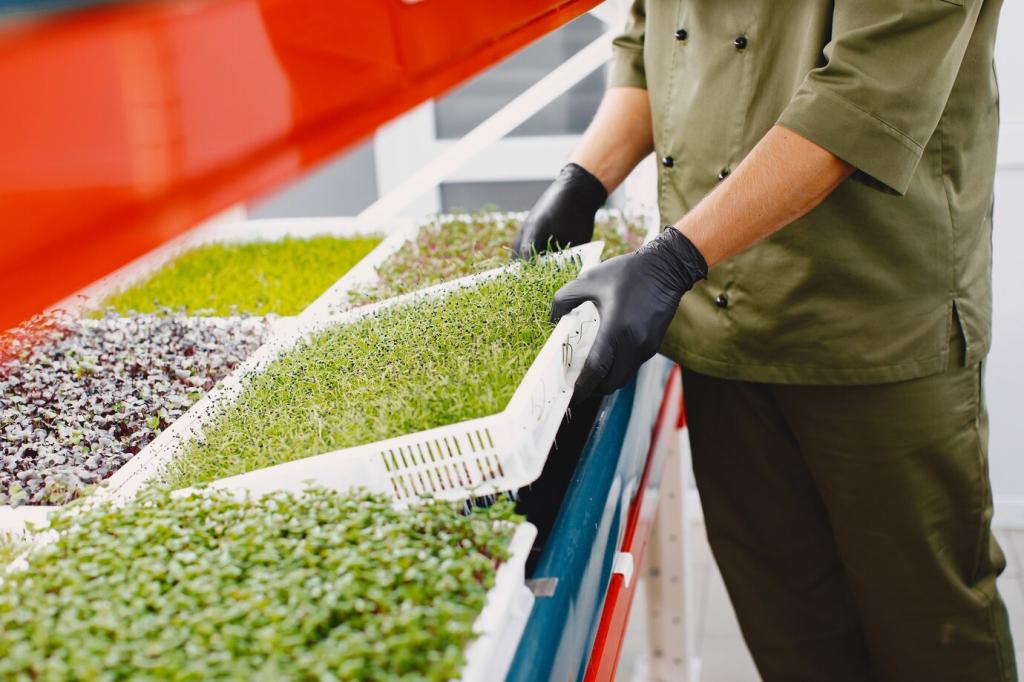
Innovative Architectures in Vertical Farming
Discover how cutting-edge architectural designs are revolutionizing the world of vertical farming, offering sustainable solutions to feeding our rapidly growing urban populations. This exploration uncovers the latest trends, technologies, and design principles that are shaping the future of food production within our cities. Dive into the intricacies of innovative structures, their impact on crop yield and quality, and how these design strategies are leading the way to greener, more efficient urban landscapes.
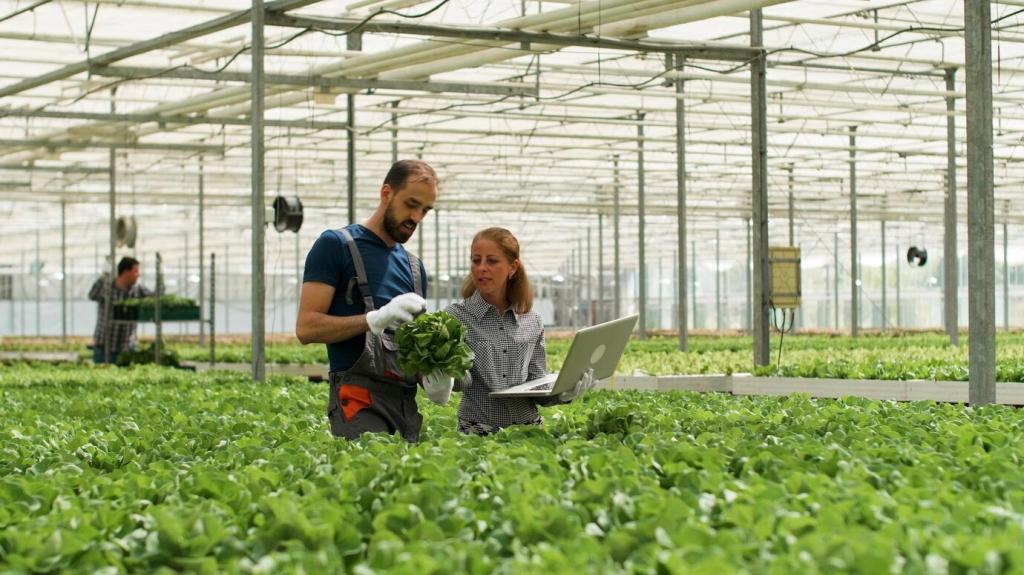
Eco-conscious Building Materials
Innovative vertical farms now utilize materials that are both durable and sustainable, such as recycled steel, bamboo composites, or self-cleaning glass. These sustainable choices ensure that structures have reduced embodied energy and contribute less to environmental degradation. By selecting and sourcing materials responsibly, architects ensure that the farms themselves promote a smaller carbon footprint, and simultaneously encourage the agricultural industry to adopt greener standards from the ground up.
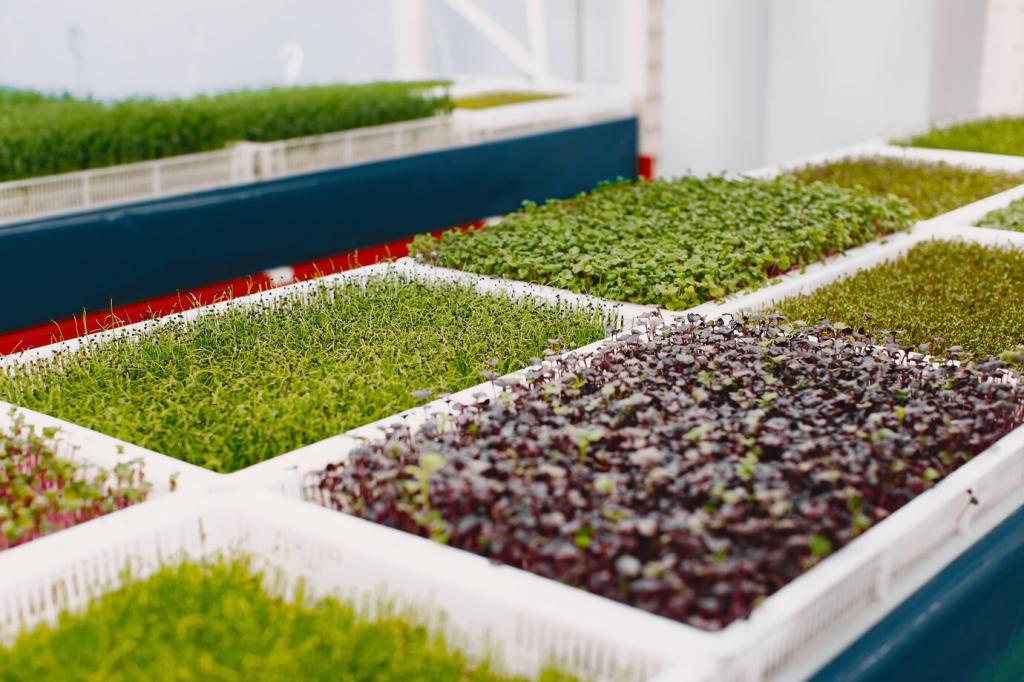
Renewable Energy Integration
Architectural innovation in vertical farming involves the strategic use of renewable energy technologies. Farms are being designed with integrated solar panels, wind turbines, or geothermal systems that directly power climate control, lighting, and water pumps. With on-site energy generation, these buildings can often achieve net-zero or even net-positive energy operations, making vertical farming not only productive but truly sustainable over the long term.
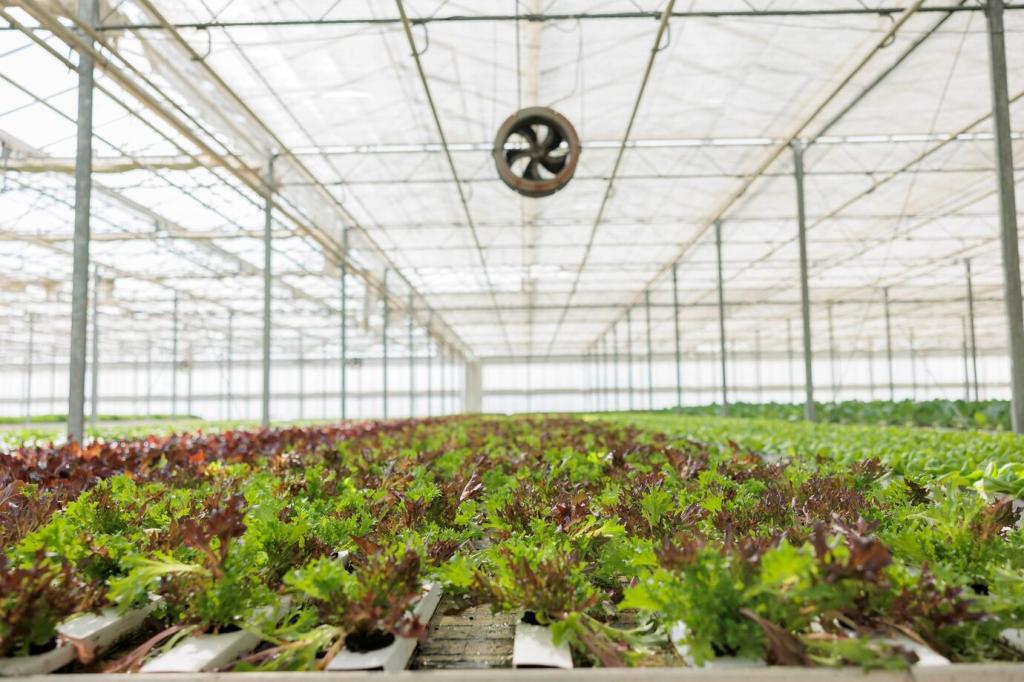
Modular Farm Units
Modularity is revolutionizing farm construction, allowing for scalable and adaptable vertical farms that can fit into a variety of city environments. Modular designs enable segments to be easily added, removed, or reconfigured according to shifting demands. This flexibility allows growers to optimize for different crops, adjust to population changes, or even respond swiftly to market trends, all without significant structural changes or interruptions.
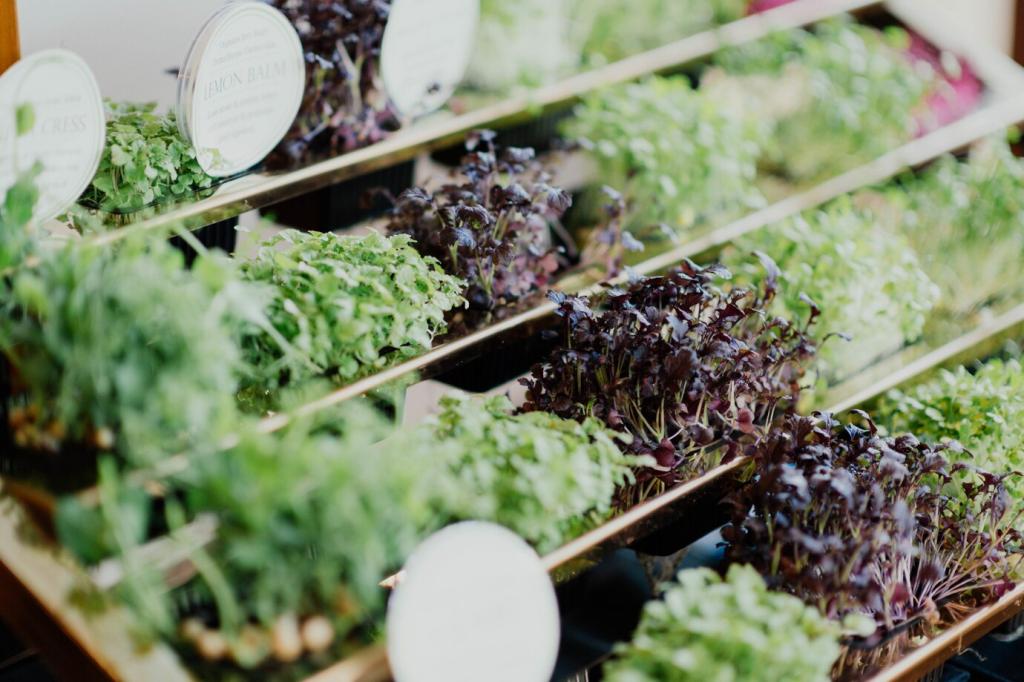
Stacking and Vertical Layering
The essence of vertical farming lies in its verticality, with crops grown in stacked layers or shelves. Architectural innovations include moveable racks, multi-tiered platforms, and dynamic elevators that transport plants between light sources and workers. This stacking not only multiplies production per square meter but also makes maintenance and harvesting more efficient, ensuring a constant, high-yield output within confined spaces inside urban landscapes.
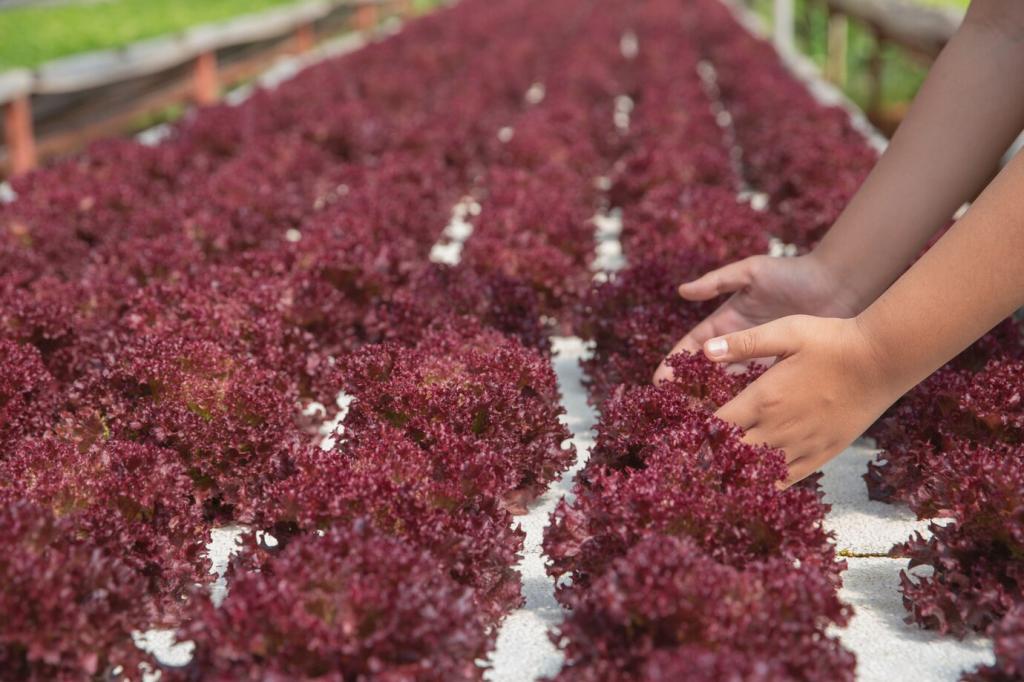
Multi-use Facility Integration
Modern vertical farm buildings often double as community centers, research labs, or retail outlets, maximizing their utility. By incorporating spaces for education, distribution, or food processing, architects blur traditional boundaries and make every square inch work harder. These purposeful integrations transform vertical farms into vibrant, multi-purpose urban hubs that foster community involvement while maximizing production capabilities.
Precision Environmental Control
Architectures are now designed to include sophisticated sensors and automated climate systems that monitor and regulate temperature, humidity, and CO₂ levels in real time. These interconnected systems react instantaneously to changes, optimizing growing conditions for each specific crop. This level of precision reduces resource waste and increases crop yield, all while ensuring plants thrive in ideal microclimates created and sustained by intelligent building design.
IoT-driven Crop Monitoring
Internet of Things (IoT) devices are being deployed within vertical farms to monitor plant health, growth rates, and nutrient needs at granular levels. These data-driven devices provide farmers with real-time insight, facilitating proactive adjustments to irrigation, lighting, or nutrient delivery. Architectural considerations now include networked infrastructure and sensor integration, ensuring that every part of the building is primed for maximal data gathering and responsive cultivation.
Automated Farming Systems
Many vertical farming architectures are now built around automation, from robotic planters and harvesters to conveyor systems that transport crops throughout their growth cycle. These automated elements reduce labor costs, increase output speed, and ensure optimal plant care. By designing with automation in mind, architects are crafting facilities that align with the future of agriculture, where efficiency and productivity go hand-in-hand with advanced building technologies.
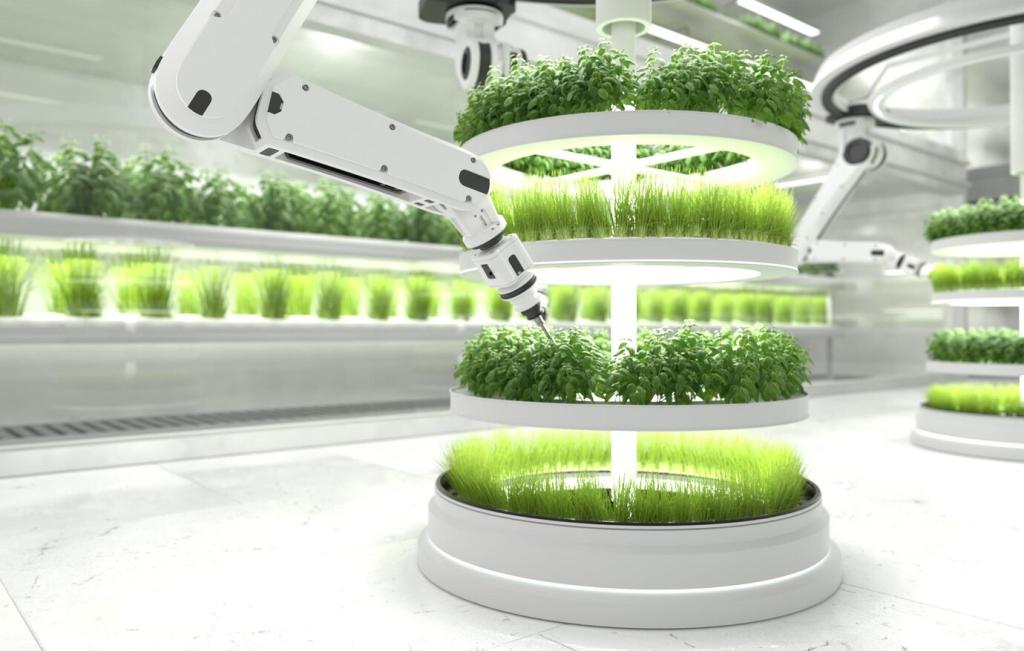
Customized LED Layouts
The use of tailor-made LED arrays has become a staple in vertical farm architecture. Customizable in spectrum, intensity, and placement, these lighting systems can be finely tuned to the unique photosynthetic needs of each crop species. By integrating adjustable railings and modular setups, architects support a building’s adaptability to shifts in crop selection, optimizing plant development and reducing power consumption through smart illumination.
Natural Light Utilization
Some vertical farms incorporate architectural features that direct and diffuse natural sunlight into growing areas, reducing reliance on artificial lighting and slashing energy costs. Skylights, light wells, and reflective surfaces are being seamlessly blended into floor plans, ensuring plants receive ample sunlight while still controlling for excess heat or light variability. This approach brings the best of the natural world into high-tech urban farm settings.
Advanced Light Control Systems
Modern vertical farm designs include intelligent lighting control systems that dynamically alter brightness, wavelength, and duration based on crop needs and growth cycles. These systems are highly integrated with the overall structure, responding to real-time data and adjusting illumination accordingly. With advanced algorithms and automated scheduling, architects ensure that plants always receive optimal light with minimal human intervention.
Creating Resilient and Adaptive Structures
Architects are now incorporating weather-resistant features into their vertical farm structures, whether it’s shielding against urban heatwaves, managing rainfall, or coping with sudden temperature shifts. Toughened facades, energy-efficient insulation, and storm-proof roofs ensure that farms remain operational and productive in diverse weather conditions, safeguarding food supply even during environmental extremes.
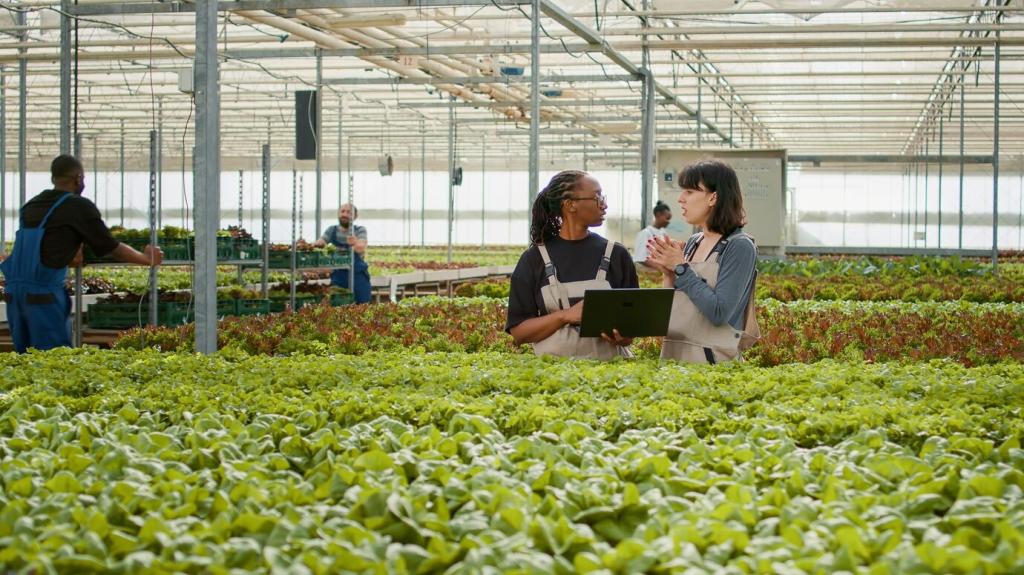
Urban Integration and Aesthetic Appeal
New buildings are designed to complement existing city architecture, using materials, colors, and forms that blend seamlessly into urban neighborhoods. Green walls, rooftop gardens, and transparent facades help soften the industrial appearance of traditional farms, making these structures attractive additions to city skylines and inviting public curiosity and support.
Climate Control and Microclimate Optimization
Large vertical farms are increasingly divided into climate-controlled zones, each tailored for specific crops or growth stages. Architectural considerations allow for powerful yet efficient climate systems to regulate temperature, humidity, and airflow independently within each area. With this targeted approach, a single building can support a wide diversity of crops, all optimized for their unique needs without unnecessary energy waste.
Passive design strategies—such as thermal mass, natural ventilation, and strategic shading—are being integrated into vertical farm blueprints. These approaches reduce energy consumption by leveraging natural forces and site orientation, moderating internal conditions with minimal mechanical intervention. Architectural excellence shines through in the seamless blending of passive and active systems for peak performance and sustainability.
Controlling airflow is key to preventing disease and ensuring even crop development. Architects and engineers are introducing sophisticated ducting layouts, air curtains, and differential pressure zones, all coordinated with the farm’s spatial organization. This precision management keeps air, moisture, and nutrients circulating exactly where and when they’re needed, nurturing consistently high-quality harvests.
